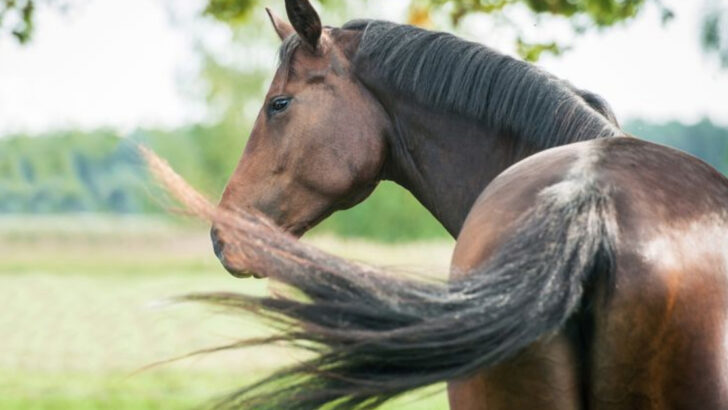Your horse is talking.
The question is—are you listening?
They don’t use words.
They use glances, flicks of the tail, shifting hooves, and the tension you can feel more than see.
One moment they’re calm.
The next, they’re anxious, stubborn, or oddly quiet.
These aren’t quirks. These are clues.
Miss the signs, and small issues can spiral fast.
Spot them early, and you might prevent pain, fear—or even disaster.
Your horse isn’t just reacting.
They’re trying to reach you.
You just need to learn their language.
Let’s break down the signals they send—and what they need from you in return.
Sign: Pacing or Restlessness
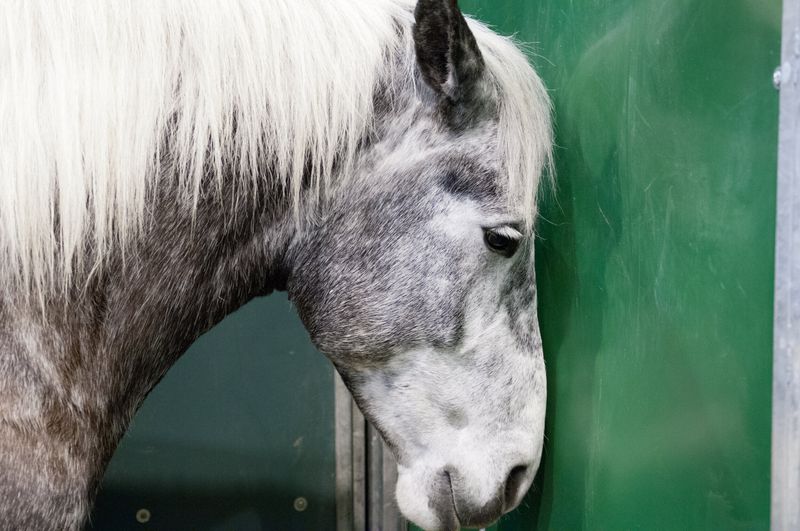
Horses often pace when they feel uneasy or anxious about something in their environment. This behavior might be seen in the stable or pasture and can indicate stress or boredom. Pacing can also signal that a horse is anticipating something, like feeding time or an upcoming event.
To address this, consider increasing their exercise routine or providing mental stimulation with toys. A change in scenery or companionship might also help. Understanding the root cause is vital to resolving the issue and ensuring your horse’s well-being is maintained.
Response: Offer More Exercise
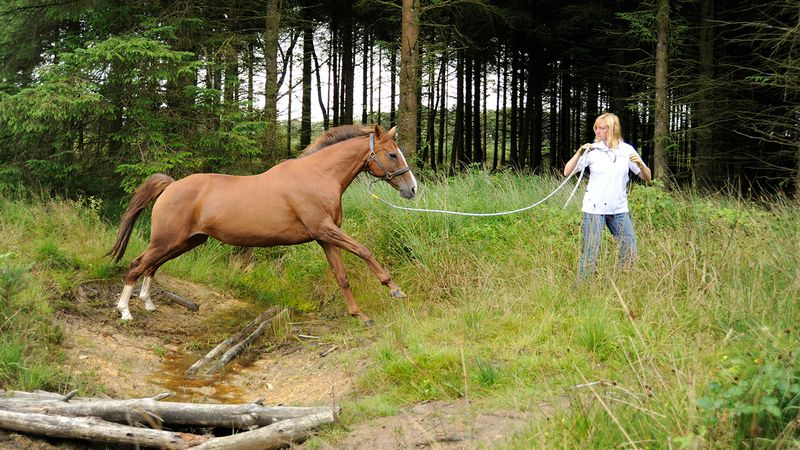
If your horse seems restless or anxious, offering more exercise can be a fantastic way to help them release pent-up energy. Regular exercise not only keeps them physically fit but also mentally stimulated.
Consider varying their routine with different activities like trail riding, jumping, or even gentle lunging. Engaging them through new experiences can help alleviate feelings of boredom or stress. Always tailor the exercise to your horse’s individual needs and capabilities to ensure they remain comfortable and enjoy the process.
Sign: Ears Pinned Back
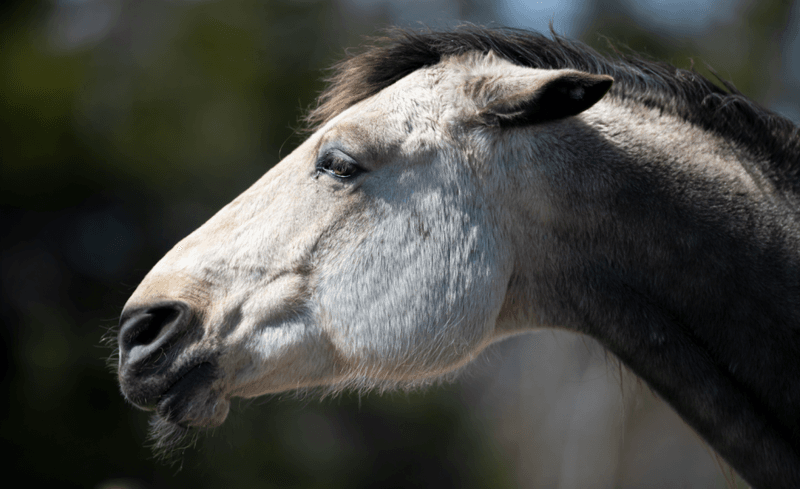
Ears pinned back often indicate a horse is angry, threatened, or in pain. This expression is part of their body language, communicating displeasure or discomfort. Observing this sign, especially when combined with other signals like tail swishing or foot stomping, requires immediate attention.
Approach the situation calmly, attempting to identify the source of the irritation. Whether it’s an uncomfortable saddle, an annoying fly, or a reaction to another animal, addressing the underlying cause is essential. Respect their space and consult a veterinarian if no obvious reason is found.
Response: Check Equipment and Environment
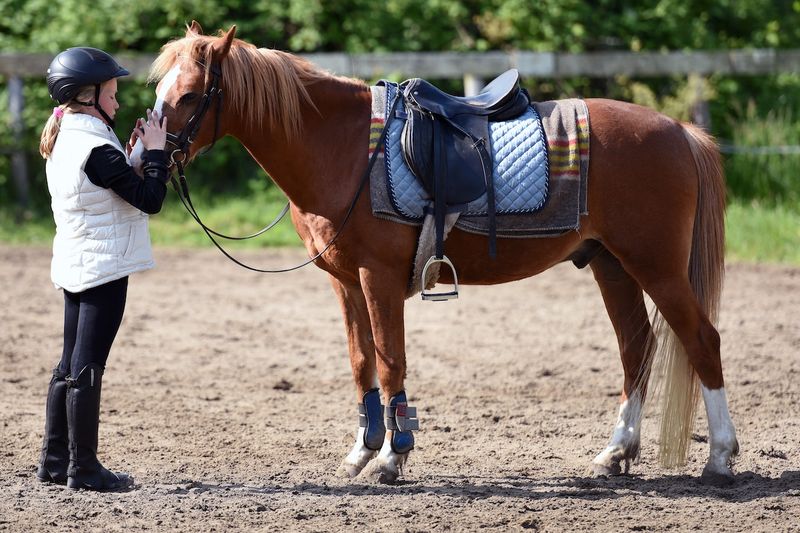
Addressing a horse’s discomfort can often begin with a thorough examination of their equipment and surroundings. Poorly fitted tack can cause pain and lead to behavioral issues, so ensuring everything fits well is crucial.
Check for any signs of wear or sharp edges on saddles, bridles, and halters. Evaluate their living space for potential hazards or annoyances. Making minor adjustments to gear or environment can lead to major improvements in your horse’s mood and behavior. Regular checks should be part of your routine to maintain their comfort and happiness.
Sign: Excessive Tail Swishing
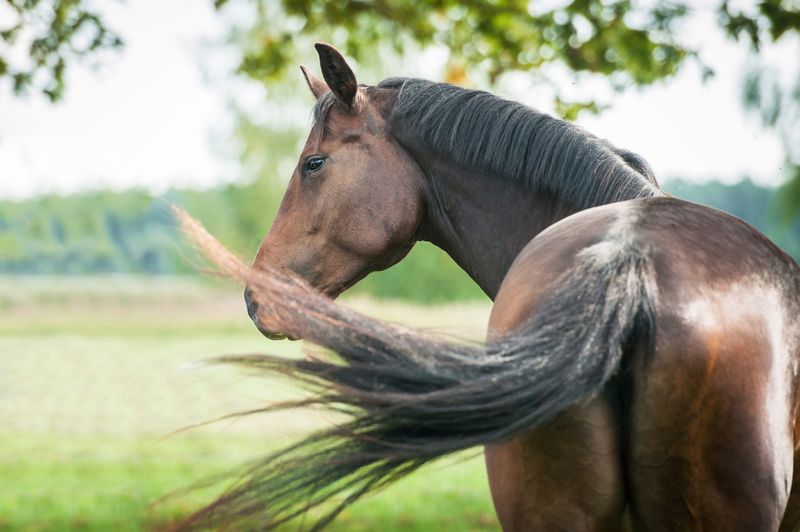
While some tail swishing can be normal, excessive movement might indicate irritation or discomfort. This behavior is often a response to flies, but it can also suggest something more troubling, like skin irritation or digestive issues.
Observing when and where your horse swishes its tail can provide clues. If it happens mostly during grooming or riding, investigate further. Consider consulting a vet to rule out any medical conditions. Addressing the root cause is essential to ensure your horse’s comfort and prevent further behavioral problems.
Response: Improve Fly Control Measures
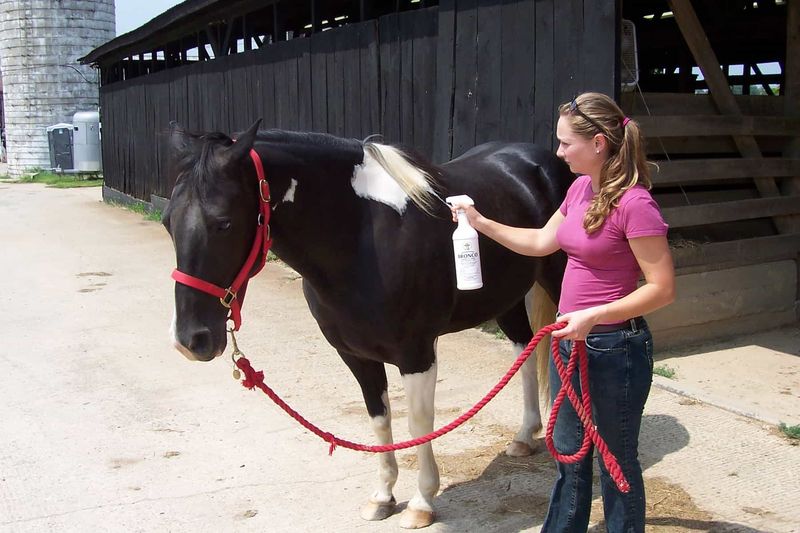
Enhancing fly control measures can significantly improve your horse’s comfort during the warmer months. Utilize fly sprays, masks, and sheets to protect your horse from annoying insects that lead to constant tail swishing.
Regularly clean their living area to reduce places where flies can breed. Consider installing fans in the stable to deter these pests. By creating a more fly-free environment, you’ll help your horse feel at ease and reduce the likelihood of irritation. Finding the right combination of products and practices will make a noticeable difference in their daily comfort.
Sign: Refusing to Eat
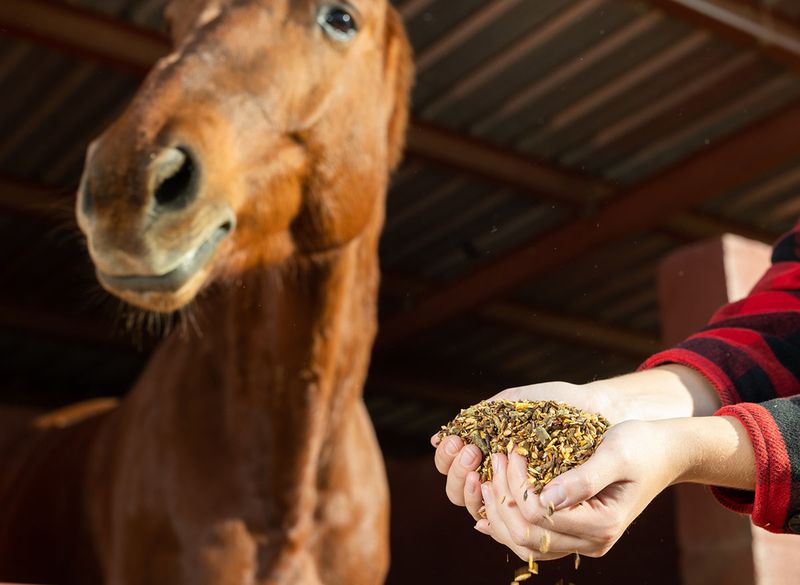
Refusal to eat can be an alarming sign and may indicate that your horse is experiencing discomfort or illness. This behavior should never be ignored, as it can quickly lead to serious health issues like colic.
Inspect their food for freshness and quality, ensuring it’s free from mold or contaminants. Observe if the food refusal is accompanied by other symptoms like lethargy or unusual behavior. Consulting with a veterinarian is often necessary to diagnose and treat underlying health problems. Early intervention can prevent minor issues from escalating.
Response: Consult with a Veterinarian
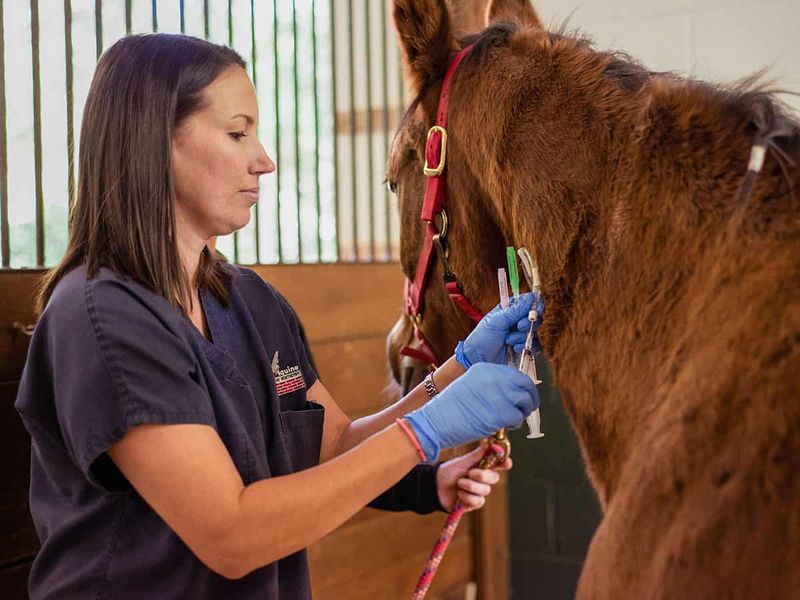
When your horse exhibits unusual behaviors, particularly those linked to health, consulting with a veterinarian should be a priority. A vet provides expert guidance, helping diagnose any medical issues and recommend appropriate treatments.
Regular check-ups and prompt medical consultations ensure that potential health problems are identified and treated early. A professional’s insight can mean the difference between a minor inconvenience and a major health crisis, ensuring your horse remains healthy and happy. Trusting in professional care is vital to a responsible ownership experience.
Sign: Reluctance to Move
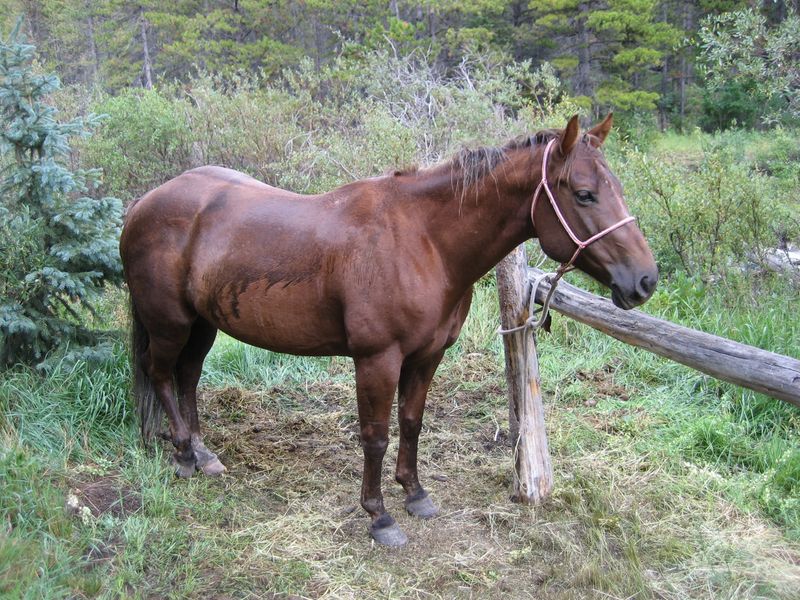
A horse’s reluctance to move may indicate discomfort or pain, often linked to leg or hoof issues. This behavior contrasts sharply with their usual energy levels and requires immediate attention.
Observe any signs of limping or favoring one leg. Checking the hooves for embedded stones or injuries might reveal the cause. If no immediate cause is apparent, consulting with a farrier or vet can provide answers. Prompt action helps avoid further complications and ensures your horse remains active and healthy.
Response: Schedule a Farrier Visit
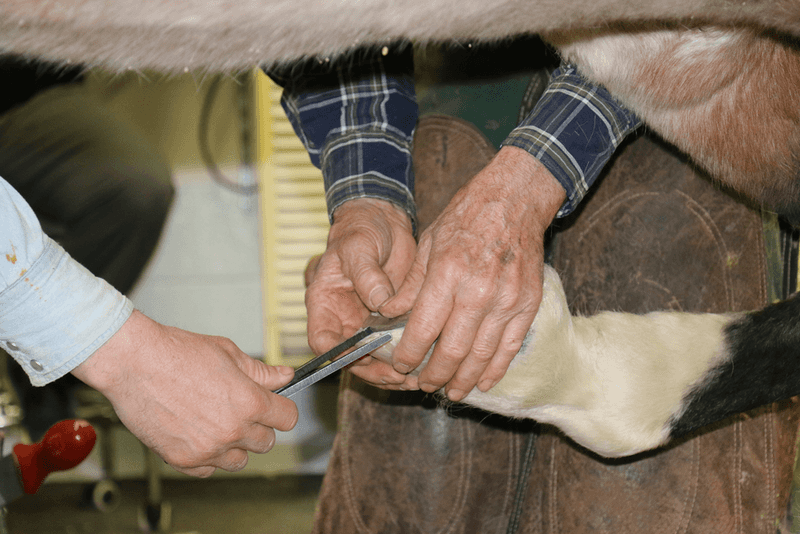
Regular farrier visits are essential to maintaining your horse’s hoof health. If your horse shows reluctance to move, scheduling a farrier appointment can identify any hoof-related concerns.
Farriers provide specialized care, trimming, and shoeing, addressing potential issues like overgrown hooves or improper shoe fit. Their expert assessment ensures that your horse’s feet remain in optimal condition. By prioritizing hoof care, you’re investing in your horse’s overall well-being and mobility, preventing long-term health problems.
Sign: Unusual Vocalizations
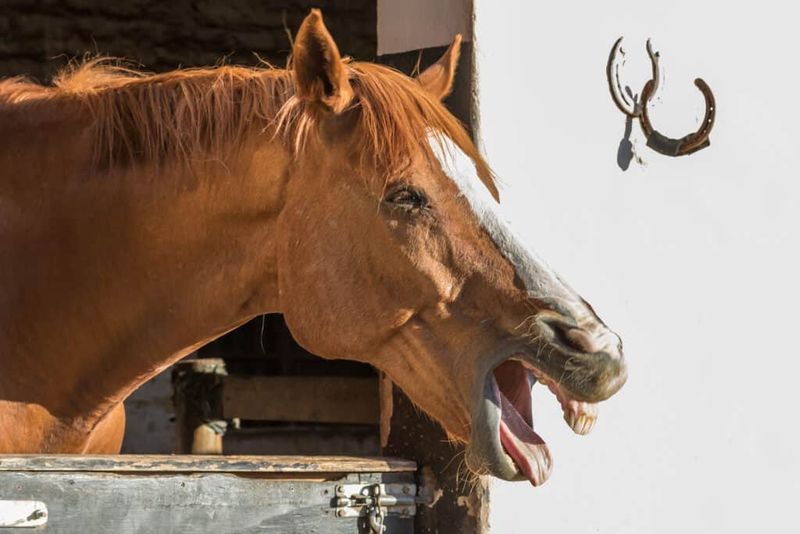
Horses communicate through vocalizations, and unusual sounds may indicate distress or a desire for attention. Pay attention to the frequency and context of vocalizations, as they can reveal a lot about your horse’s mood.
Whether it’s a loud neigh or a softer whinny, understanding these sounds helps identify their needs. Unusual vocalizations might signify separation anxiety or a reaction to changes in their environment. Observing their body language in conjunction with sounds provides a clearer understanding of their state, guiding appropriate responses.
Response: Spend Quality Time Together
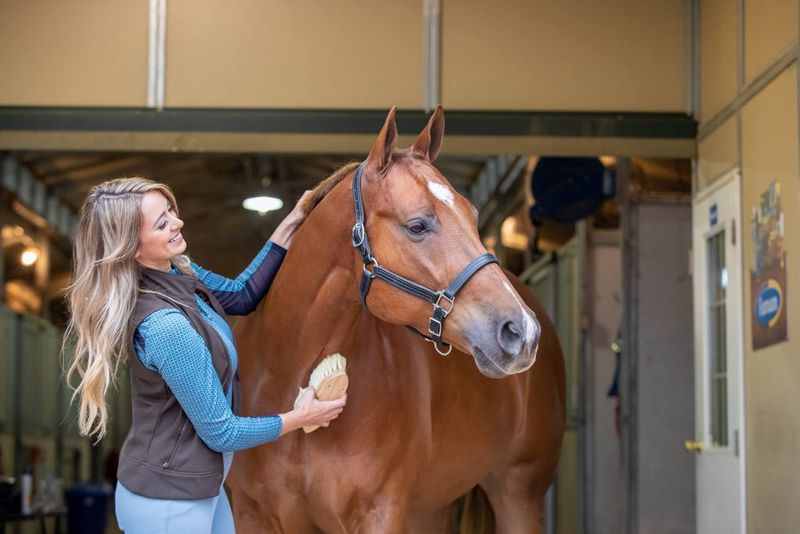
Spending quality time with your horse strengthens your bond and provides comfort if they’re feeling anxious or lonely. Regular interaction fosters trust, making your horse feel secure and understood.
Activities like grooming, gentle riding, or simply being together in their space can alleviate stress and deepen your connection. Listening to their vocal cues and responding appropriately enhances communication. Prioritizing time together ensures a happy, healthy partnership, where both horse and owner benefit from mutual understanding and care.
Sign: Frequent Lying Down
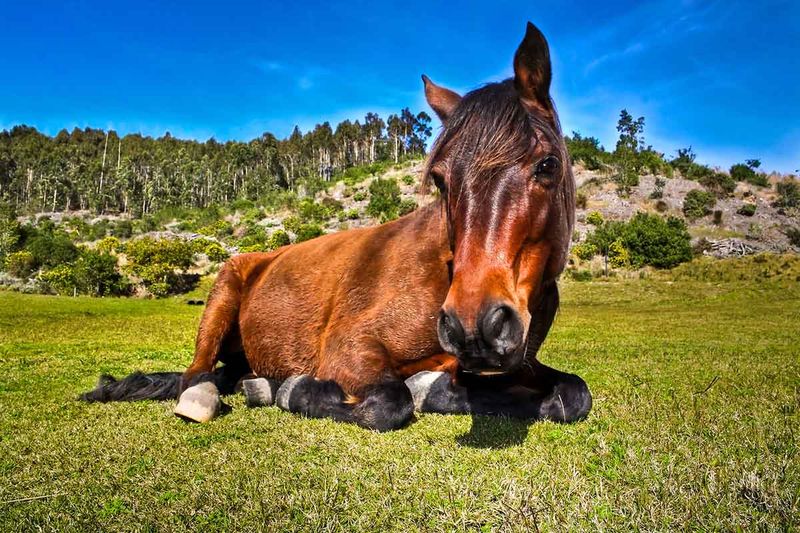
Horses generally lie down to rest, but frequent lying down might indicate discomfort or fatigue. If accompanied by signs of distress, this behavior requires careful monitoring.
Consider any recent changes in their diet, environment, or routine that might contribute to this behavior. Frequent lying down could be a symptom of digestive issues or other health problems. Consulting a veterinarian helps determine the underlying cause, ensuring your horse receives the necessary care and attention needed to recover.
Response: Adjust Feeding Schedule
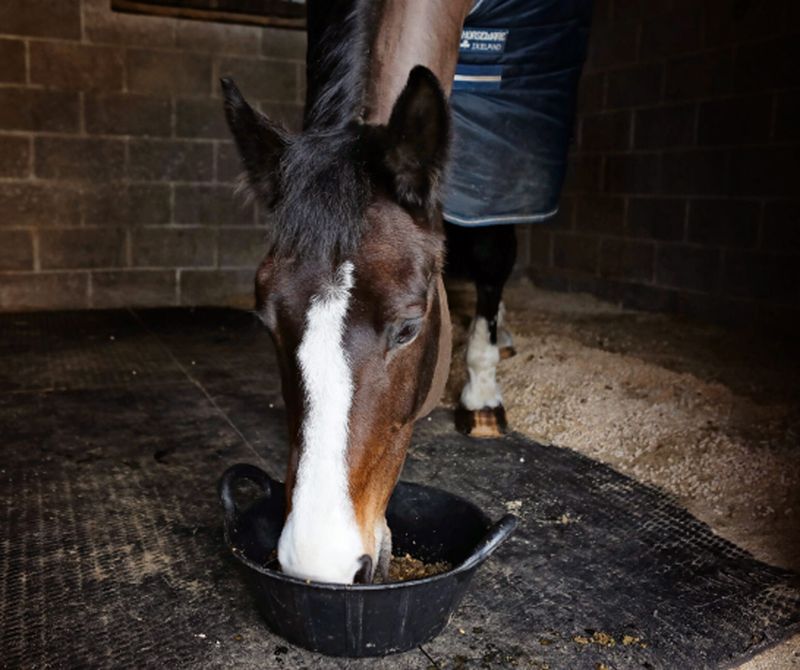
Adjusting your horse’s feeding schedule can address issues related to frequent lying down, especially if linked to digestive discomfort. Providing smaller, more frequent meals can aid digestion and prevent colic.
Monitoring their diet for any intolerances or deficiencies, and ensuring access to fresh water, keeps them healthy. Consulting with an equine nutritionist may offer tailored advice, optimizing their diet for specific needs. Adjusting feeding routines supports a healthier digestive system, contributing to your horse’s overall well-being.
Sign: Aggression Towards Others
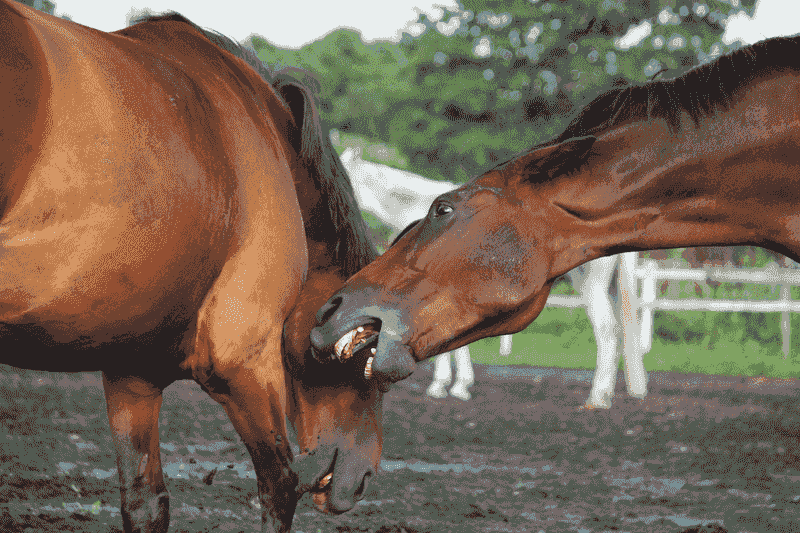
Aggression in horses can stem from fear, territorial instincts, or social hierarchy conflicts. Observing aggressive behaviors like biting or kicking requires immediate intervention to prevent injuries.
Understanding the context and triggers for aggression helps in addressing the issue. Whether it’s a new addition to the herd or a change in their environment, identifying the cause allows for effective solutions. Ensuring ample space and resources for each horse can mitigate tension, promoting a peaceful coexistence.
Response: Introduce Training and Socialization
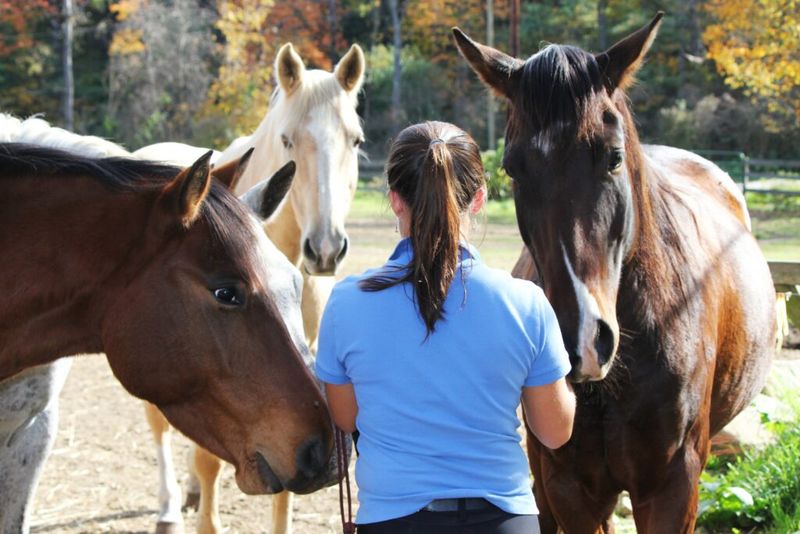
Introducing structured training and socialization can help manage aggressive behavior in horses. A professional trainer offers guidance, teaching horses to interact positively with others.
Through consistent training, horses learn to navigate social structures without aggression. Positive reinforcement techniques build trust and respect. Tailoring the training to individual needs ensures effectiveness, fostering a harmonious environment. By investing in professional training, you’re providing your horse with the tools needed to thrive socially and emotionally.

